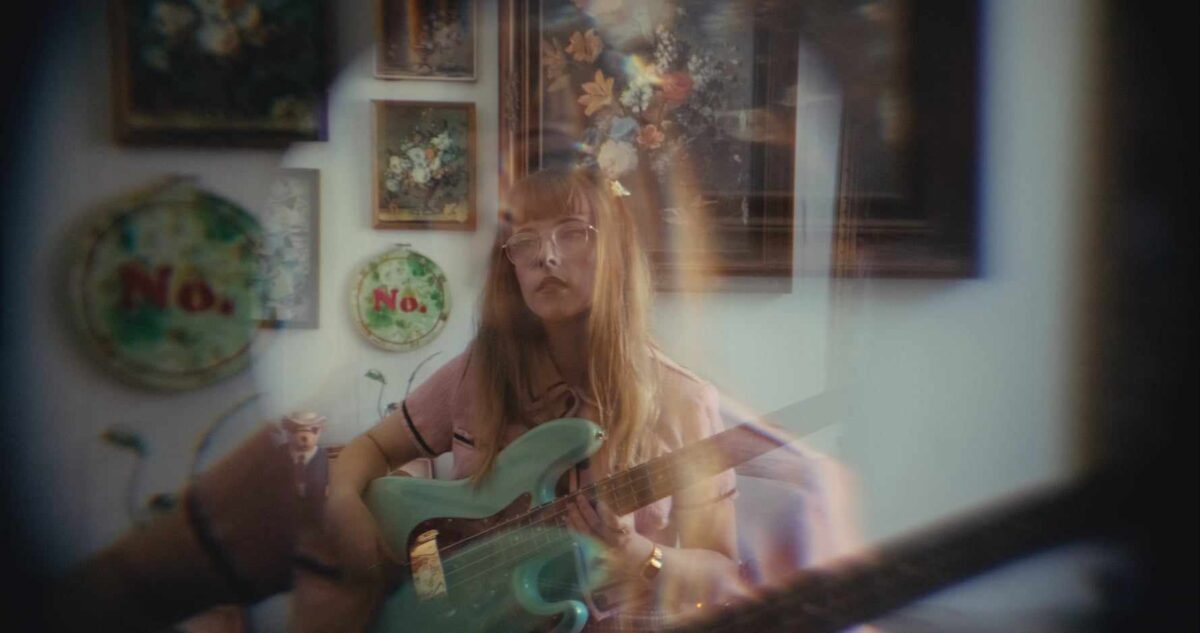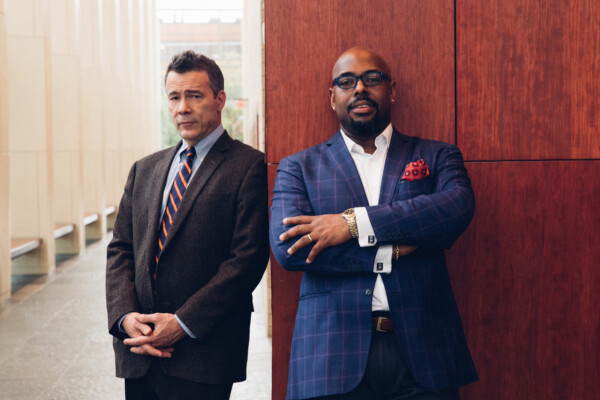Interview and Bass Transcription: Grace Aberhart’s Cover of “Ain’t Nobody”

Rufus and Chaka Khan’s great song “Ain’t Nobody” has one of those basslines that grabs your attention but is challenging to play. Initially played by a sequencer, it doesn’t quite do what a bass player might come up with and, therefore, feels slightly awkward to play.
I’ve been trying to make it sound right for years, and I’ve never really been happy with the results. I always get the five-string out when I see it on a setlist, but I always have to take a deep breath and focus hard on the position shifts and muting.
A few days ago, I was scrolling through my social media channels and came across a clip of a bass player not only playing a section of the song with ease on a four-string but making it flow and groove, adding some tasty slides and fills, and even smiling as she played! It was great, but something different was happening – she was using an open 4th string rather than the Eb on the A string as a starting point. I watched Grace Aberhart’s video a few more times and concluded that she had tuned the entire bass down a half-step. I got my bass out, re-tuned it, and started to get to grips with the bass line. I was pleased to find that I quickly found it much easier to play in the new tuning, and many of the issues I’d had previously were resolved. And it just flowed so much better!
I managed to have a quick chat with Grace about her playing on the video and her recent EP, What I Could Tell You.
Why did you choose to play “Ain’t Nobody”?
I’ve always thought it was a groovy song, and it would be a fun challenge to learn the synth-bass part.
Did you find it tricky to play it in standard tuning (or did you play it down a semitone from the start?)
I just tuned all the strings down a semitone from the start so that I could hit the low Eb. It took a little while to figure out the most comfy spot to play each line. Tuning it down didn’t really affect the difficulty; just gave me more impact with the low Eb.
There are a few extra runs and licks that weren’t in the original version – how did you develop those?
They just come from playing along with the song a few times and develop naturally. It’s something I try to sprinkle in tastefully to my covers and add a bit of personality rather than just playing note for note. Keeps it interesting to me, too.
You play the track very smoothly but with a great groove – how did your technique develop?
Thank you! This bassline was quite a challenge for me. Just the speed and the articulation were really pushing me! I was trying to get the fast staccato notes really tight, and it took multiple days of attempting to film it and practicing to get the clip I got. I try to utilize the finger-per-fret method, but sometimes I’m not as strict. The speed was definitely a challenge on this one.
The clip on Instagram is just a section from the middle of the song – Did you do a complete version? If so, is it available anywhere?
Not at this point. I am sticking to the short-form videos at the moment. It allows me to learn more songs and make more content with the time I have.
You have your first EP out at the moment, What I Could Tell You – how would you describe the style of the songs?
They are a collection of songs that I wrote a few years ago when I was navigating a broken heart and finding more of my style in my songwriting. I have always gravitated to writing in the pop/rock genre, but the production and writing style was steering more into a pop-punk space. The songs have a very nostalgic feel to me and very much capture a specific chapter of my life. I am super proud of this EP and am also super excited to share the new music I’ve been working on.
You play many instruments – did you play everything on the EP?
I played bass and guitar, and sang on the EP, and co-produced and wrote the songs. Andrew de Souza played some lead guitar and solos, and Healey Olsen wrote the drum parts and produced/mixed and mastered the EP.
Did you play anything else before bass?
I started off singing, then learned piano, flute, drums, guitar, and then bass. I really felt at home once I picked up the bass.
Do you consider bass your main instrument now?
I practice it more than singing, but I like to think of the two of them and songwriting as my main musical skills.
Do you gig regularly? And if so, what sort of gigs do you do?
I do a weekly short gig at a pizza restaurant with two amazing musicians, Andrew Geraghty and Brad Rheinberer. It’s a very chill, neo-soul jam-style gig. I have been practicing my original music for live shows and hope to be playing some rock gigs live sometime soon.
I notice that Bruce Thomas is a fan of yours – is it good to have other bassists like him appreciate your playing?
It’s always awesome to have other bass players encourage my playing and progress.
Who are your bass influences?
Jaco Pastorius, James Jamerson, Tal Wilkenfend, Esperanza Spalding, and Jacob Collier.
What’s next for you?
I’m currently working on writing, recording, and getting the live shows started. Super excited to bring these songs to life.


